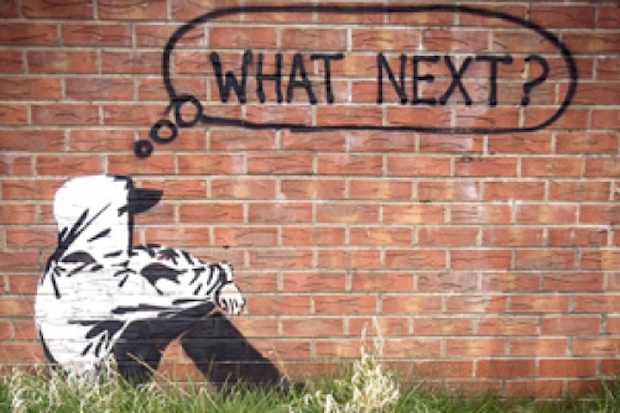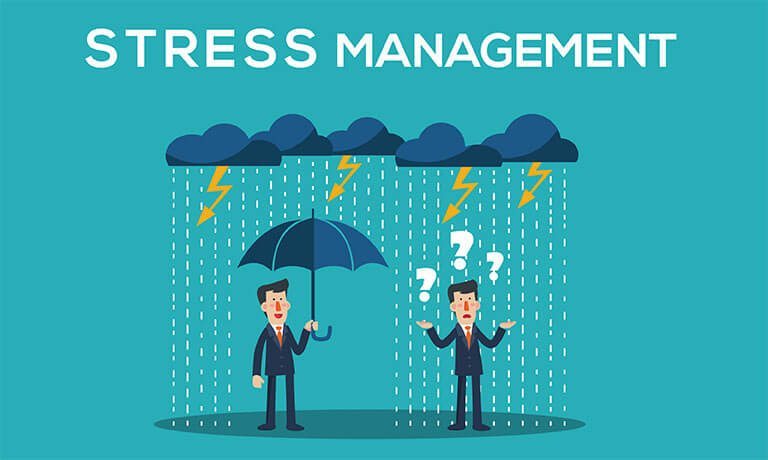
Teaching better-3
A teacher today is presented with a huge display of possibilities. There is a multiplicity of approaches existing at present. How is the teacher to deal with this plenitude? There are several possibilities of dealing with this problem. One possibility is dogmatism, to embrace one particular approach and reject all others. It is called dogmatism because there is no way of proving the correctness of one approach or another. Quite the contrary, efforts to investigate and compare the efficacy of different approaches usually come up with equal results and non-results for all approaches. Another possibility is skepticism, which claims that there is no possibility of choosing between the different possibilities on the strength of existing evidence. A more radical version of this attitude is relativism which claims that there is no possibility of deciding on principle, which of the approaches is most effective, and thus accepts the possibility that approaches which contradict one another can be equally right.
One theory says that there is one particular method of dealing with children, which seems to be the ultimate instrument of child-rearing. On the other hand there is another theory – “It is the essence of our impossible profession that in a very singular way we do not know what we are doing. Do not be distracted by random associations to this idea. I am not undermining our deep, exact training, not discounting the ways in which we have to keep ourselves, our literature, our classroom cross talk with colleagues. All these daily operations are the efficient, skillful and thinkable tools with which we constantly approach the heart of our work which is a mystery. However much we gain confidence, refine our technique, decide more creatively when and how and what to say and teach, each hour with the child and so with the parent is also in its way an art of faith; faith in ourselves, in the process, and faith in our children, which is the space of teaching – one slouching towards the times when their hour comes round at last.” There is an obvious difference between the affective tones of these two quotations. The second I think feels closer to our sensibility. There is something more open, less certain but with a certain celebration of this uncertainty. It is not giving up precision – it is stressing the importance of our continuing to ask ourselves questions, to study, read and discuss our work with our colleagues, but it views precision in a different way, not in the sense of ‘we must to this and not that’ .
Similarly, for generations, books on child rearing have attempted each in its turn, to write the ultimate guide to raising children. What becomes very clear from the analysis of the various approaches was that each of them was looking at the child very much like in the joke about the blind men describing an elephant – each of them saw things very differently because they were each describing the creature from a very different angle.
There is a lot of evolution going on in the practice of teaching today – some people call it a revolution, a rebellion. Whichever the case, there is no question that there is a constant expansion, addition of points of view, ways of looking at things, some of them extremely important, ideas which add up to fuller picture of the student, the parent and the teacher. We might say that the more blind men there are handling the elephant, the fuller and more true picture will be. There are many instances of new insights, insights of greater or lesser importance. This expansion is significant and meaningful as it takes its place alongside what already exists, and does not attempt to replace it. There is a possibility of change, of learning from experience; of not having to invalidate what came before, and of preserving one’s autonomy and authenticity. The teacher exposed to new developments is constantly challenged. As we sit facing our students or parents, how shall we mediate between the plethora of theories, between the different angles and emphases. There is always the temptation to latch on to a particular theory and hold on to it for dear life, to preen ourselves with the comfortable and seductive feeling of; this is right and this is wrong. And then there is the other temptation, to say, everyone is right, there is no possibility to distinguish between more true and less true. It seems of prime importance to me that teaching thinking takes upon itself the difficult task of navigating between these two poles.



